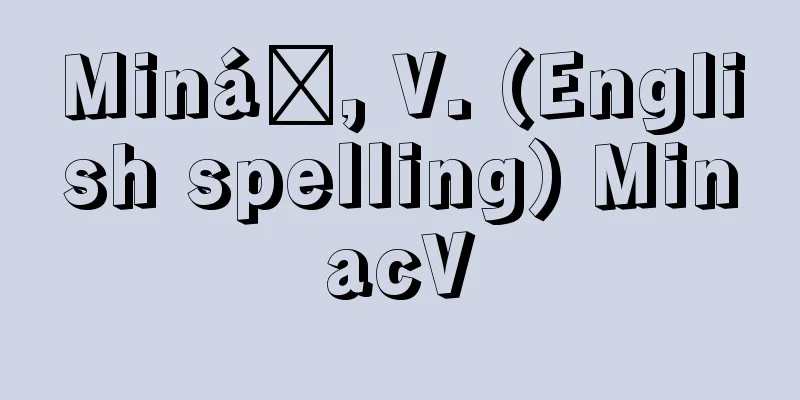Frog and Rat Battle

|
...The common belief that Homer was a blind poet comes from a reference to the author himself in the "Hymne to Apollo" in the "Homeric Hymns," and since the Hellenistic period, busts of Homer have always depicted him as a blind old man. Finally, in addition to the two great epics, other works that were ascribed to him in the "epic world" include "Thebais," "Epigoni," and "Cypria," as well as the humorous poem "Margites" (only fragments of which remain), the approximately 300-line "The Battle of the Frog and the Mouse," and over 30 short and long "Homeric Hymns." Today, however, it is generally believed that none of the works except for the "Iliad" and "Odyssey" were written by Homer. *Some of the terminology explanations that refer to "The Battle of the Frog and the Rat" are listed below. Source | Heibonsha World Encyclopedia 2nd Edition | Information |
|
…なお,ホメロスを盲目の詩人とする巷説は,《ホメロス風賛歌》中の〈アポロン賛歌〉にある〈峨々たるキオスに住む盲(めしい)の人〉という作者自身への言及に由来するもので,ヘレニズム時代以降のホメロスの胸像等はつねに彼を盲目の老人で表現している。 最後に作品については,古くは二大叙事詩のほかにも,〈叙事詩圏〉中の《テーバイス》《エピゴノイ》《キュプリア》や,滑稽詩《マルギテス》(これらはいずれも断片しか伝わらない),約300行の《蛙鼠(あそ)合戦》,長短30数編の《ホメロス風賛歌》などが彼に帰されていたが,今日では,《イーリアス》《オデュッセイア》以外はいずれもホメロスの作にあらずと判断されている。 ※「《蛙鼠合戦》」について言及している用語解説の一部を掲載しています。 出典|株式会社平凡社世界大百科事典 第2版について | 情報 |
Recommend
Eyring, H. - Eyring
…The study of elementary reactions began with Ern...
Senushi - Senushi
In the Sanriku region, the manager of a large-scal...
Hokkaido Shrine
Located in Miyagaoka, Chuo Ward, Sapporo City. Fo...
Wilton Culture - Wilton Culture
A Stone Age culture typified by the Wilton site in...
Acid-base balance
A term used to describe the state of regulation o...
Saffarid Dynasty - Affār
An Iranian dynasty (c. 867-c. 1495) centered on t...
Imperial Hotel - Teikoku Hotel (English) Imperial Hotel
A representative Japanese hotel located in Uchisai...
Blagoev
1856‐1924 Bulgarian politician. Born into a poor p...
King of the throne
The second king of the Zhou Dynasty in China. He ...
Majima Seigan
?-1379 A monk and ophthalmologist from the Northe...
Oito Line - Oitosen
The name of the track of East Japan Railway Compa...
vera icon (English)
…According to another legend, when she wiped away...
Bird's nest - performance
Also called "Swallow's nest" or &quo...
Guangdong Marshal's Office Headquarters - Guangdong Marshal's Office Headquarters
...The party was rejuvenated by welcoming dynamic...
Lake type
…These two types of lakes are the Tanitharsus and...









